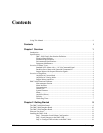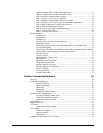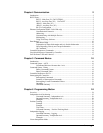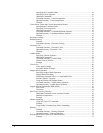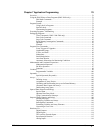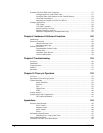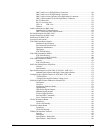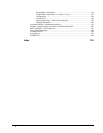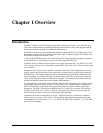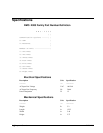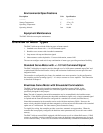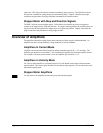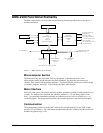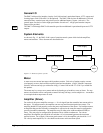
DMC-2X00 Chapter 1 Overview y 1
Chapter 1 Overview
Introduction
The DMC-2x00 Series are Galil’s highest performance stand-alone controller. The controller series
offers many enhanced features including high speed communications, non-volatile program memory,
faster encoder speeds, and improved cabling for EMI reduction.
Each DMC-2x00 provides two communication channels: high speed RS-232 (2 channels up to 115K
Baud) and Universal Serial Bus (12Mb/s) for the DMC-2000 or 10BaseT Ethernet for the DMC-2100
and 100BaseT Ethernet for the DMC-2200.
A 4Meg Flash EEPROM provides non-volatile memory for storing application programs, parameters,
arrays and firmware. New firmware revisions are easily upgraded in the field.
The DMC-2x00 is available with up to eight axes in a single stand alone unit. The DMC-2x10, 2x20,
2x30, 2x40 are one thru four axes controllers and the DMC-2x50, 2x60, 2x70, 2x80 are five thru eight
axes controllers.
Designed to solve complex motion problems, the DMC-2x00 can be used for applications involving
jogging, point-to-point positioning, vector positioning, electronic gearing, multiple move sequences,
and contouring. The controller eliminates jerk by programmable acceleration and deceleration with
profile smoothing. For smooth following of complex contours, the DMC-2x00 provides continuous
vector feed of an infinite number of linear and arc segments. The controller also features electronic
gearing with multiple master axes as well as gantry mode operation.
For synchronization with outside events, the DMC-2x00 provides uncommitted I/O, including 8 opto-
isolated digital inputs (16 inputs for DMC-2x50 thru DMC-2x80), 8 digital outputs (16 outputs for
DMC-2x50 thru DMC-2x80), and 8 analog inputs for interface to joysticks, sensors, and pressure
transducers. The DMC-2x00 also has an additional 64 I/O. Further I/O is available if the auxiliary
encoders are not being used (2 inputs / each axis). Dedicated optoisolated inputs are provided for
forward and reverse limits, abort, home, and definable input interrupts.
Commands can be sent in either Binary or ASCII. Additional software is available for automatic-
tuning, trajectory viewing on a PC screen, CAD translation, and program development using many
environments such as Visual Basic, C, C++ etc. Drivers for DOS, Linux, Windows 3.1, 95, 98, 2000,
ME and NT are available.



